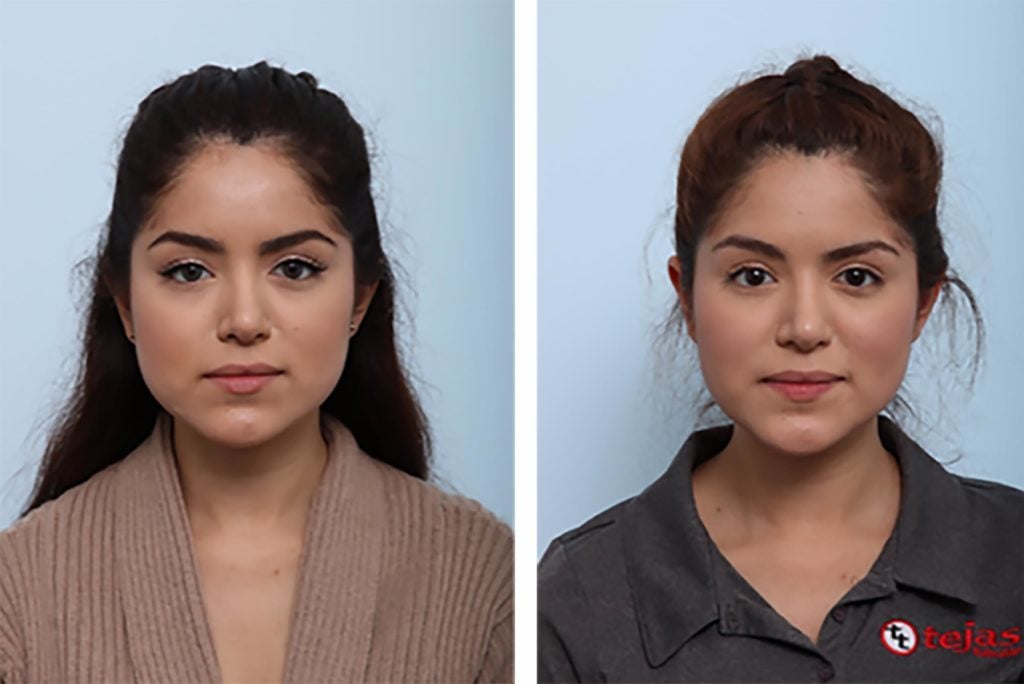So, you’re intrigued by the idea of transforming your appearance through the wonders of plastic surgery? Well, you’ve come to the right place! In this article, we’ll explore the fascinating world of plastic surgery and how it can help you achieve your aesthetic goals. From enhancing your features to rejuvenating your skin, there’s no limit to the possibilities. Get ready to embark on a journey of self-transformation that will leave you feeling confident and beautiful in your own skin. Let’s dive in!
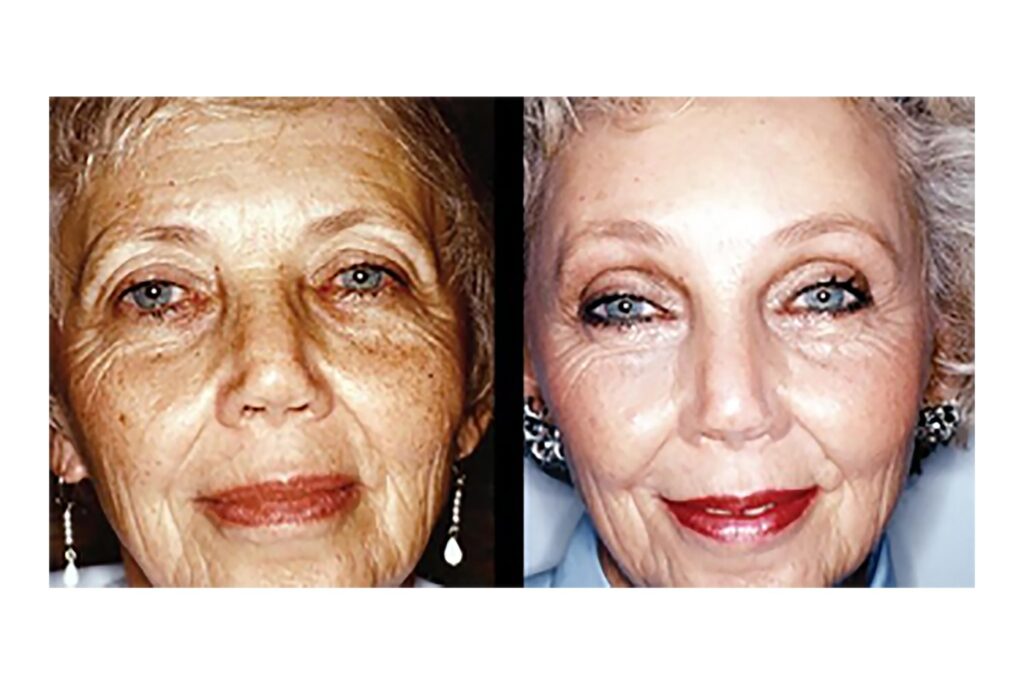
This image is property of www.thehealthy.com.
Understanding Plastic Surgery
Plastic surgery is a medical specialty that focuses on the reconstruction or alteration of the body. It is a branch of surgery that aims to enhance a person’s appearance or correct physical defects due to injury, birth defects, disease, or aging. Plastic surgery involves both cosmetic procedures, which are performed solely to improve appearance, and reconstructive procedures, which are aimed at restoring function and appearance.
Exactly What is Plastic Surgery?
Plastic surgery encompasses a wide range of procedures that can target various areas of the body. Some of the most common plastic surgery procedures include breast augmentation, rhinoplasty (commonly referred to as a nose job), liposuction, facelifts, tummy tucks, and Botox injections. These procedures can help reshape and redefine different body parts, giving individuals the opportunity to enhance their physical appearance and improve their self-confidence.
This image is property of i.insider.com.
The Different Types of Plastic Surgery
Plastic surgery can be broadly categorized into two main types: cosmetic and reconstructive surgery. Cosmetic surgery aims to improve the aesthetic appearance of a person, whereas reconstructive surgery is focused on correcting deformities and restoring function. Cosmetic procedures include breast augmentation, liposuction, facelifts, and Botox injections, among others. On the other hand, reconstructive procedures encompass breast reconstruction, cleft lip and palate repair, scar revision, and hand surgery, to name a few.
The Benefits of Plastic Surgery
Plastic surgery can have numerous benefits, both physical and psychological. From a physical standpoint, plastic surgery procedures can help improve a person’s appearance, enhance symmetry, and correct abnormalities. This can lead to increased self-esteem and self-confidence in individuals. Plastic surgery can also have positive psychological effects, as it allows people to feel more comfortable and content in their own skin. It can help individuals overcome personal insecurities and improve their overall quality of life.
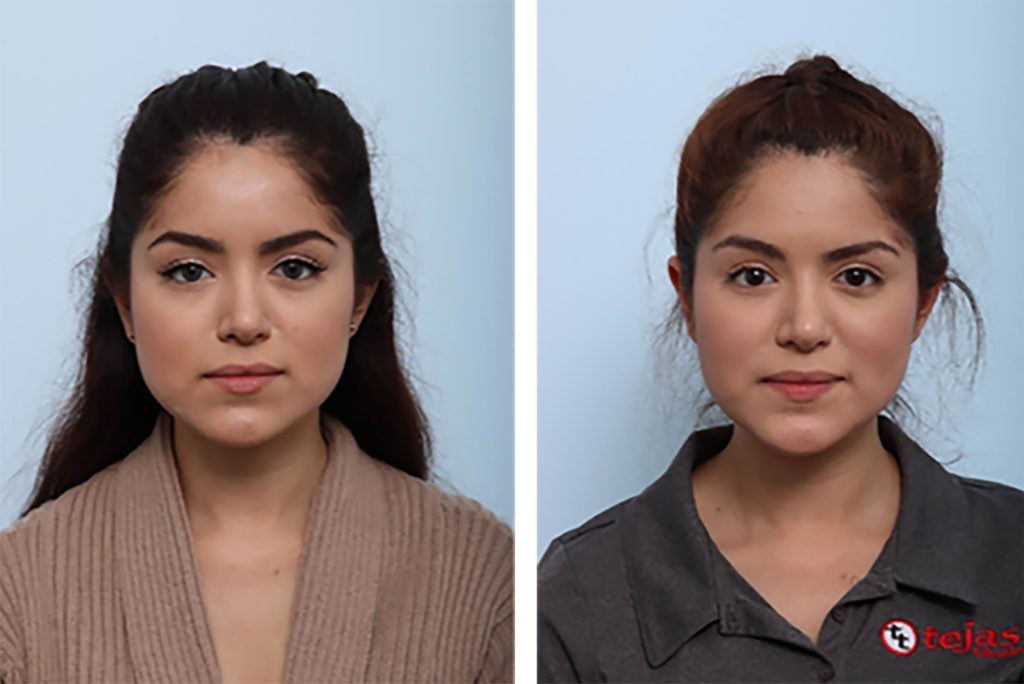
This image is property of www.rd.com.
Finding the Right Surgeon
Choosing the right plastic surgeon is crucial to achieving the desired results and ensuring a safe and successful surgery. Here are some steps to consider when searching for a qualified plastic surgeon.
Researching Surgeons in Your Area
Start by researching plastic surgeons in your area. Look for board-certified surgeons who have extensive experience and expertise in the specific procedure you are interested in. It’s important to verify their credentials and ensure that they have a good track record of successful surgeries.
Reading Reviews and Testimonials
Reading reviews and testimonials from previous patients can give you valuable insight into a surgeon’s reputation and patient satisfaction. It can help you gauge their level of professionalism, the quality of their work, and their bedside manner. Online platforms and social media can be valuable resources for finding patient reviews and testimonials.
Consultations and Inquiries
Once you have identified potential plastic surgeons, schedule consultations with them. During these consultations, you can discuss your goals, ask questions, and get a feel for the surgeon’s approach and demeanor. Be sure to inquire about their training, experience, and the expected outcomes of the procedure you are considering. This will help you determine if they are the right fit for you and if you feel comfortable entrusting them with your care.
Preparing for Plastic Surgery
Preparing for plastic surgery involves various aspects, including setting realistic expectations, physical and mental preparation, and pre-surgery consultation and assessment.
Setting Realistic Expectations
It is essential to have realistic expectations about the outcome of your plastic surgery procedure. Consultation with your surgeon will help you understand what can be realistically achieved and any limitations associated with the procedure. Having realistic expectations will ensure that you are satisfied with the results and avoid disappointment.
Physical and Mental Preparation
Preparing your body for plastic surgery involves taking steps to optimize your overall health. This may include maintaining a healthy diet, exercising regularly, and avoiding harmful habits such as smoking and excessive alcohol consumption. It is also crucial to prioritize your mental well-being before surgery. Managing stress and anxiety can contribute to a smoother recovery process.
Pre-surgery Consultation and Assessment
Before any plastic surgery procedure, you will have a consultation with your surgeon. This is an opportunity to discuss your goals, concerns, and any medical conditions or medications you are taking. Your surgeon will assess your suitability for the procedure and may conduct additional tests or evaluations to ensure your safety.
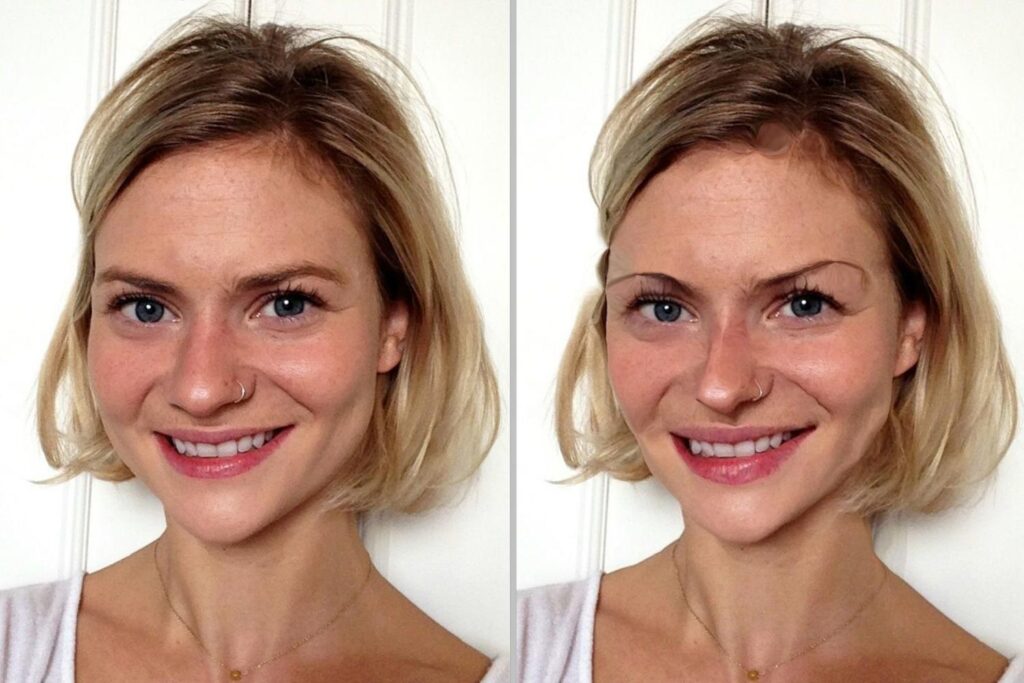
This image is property of www.thetimes.co.uk.
Common Plastic Surgery Procedures
Plastic surgery encompasses a range of procedures, each targeting specific areas of the body. Here are some of the most common plastic surgery procedures and an overview of what they entail.
Rhinoplasty (Nose Job)
Rhinoplasty, commonly known as a nose job, is a surgical procedure that aims to reshape the nose. It can involve reducing or increasing the size of the nose, altering the shape of the tip or bridge, or adjusting the angle between the nose and upper lip. Rhinoplasty is often performed to address cosmetic concerns or correct breathing difficulties caused by structural abnormalities.
Breast Augmentation
Breast augmentation, also known as augmentation mammoplasty, involves the use of implants or fat transfer to enhance the size and shape of the breasts. This procedure is commonly sought by individuals who desire larger breasts, want to restore lost volume after pregnancy or weight loss, or wish to achieve better symmetry between their breasts.
Liposuction
Liposuction is a surgical procedure that removes excess fat deposits from specific areas of the body, such as the abdomen, thighs, hips, arms, or neck. It is not a method for weight loss but rather a means of contouring and reshaping the body. Liposuction can help improve body proportions and create a more defined silhouette.
Facelift
A facelift, or rhytidectomy, is a surgical procedure performed to address signs of aging in the face and neck. It involves removing excess skin, tightening underlying tissues, and repositioning fat deposits to restore a more youthful appearance. Facelifts can reduce the appearance of wrinkles, sagging skin, and jowls, resulting in a rejuvenated and refreshed look.
Tummy Tuck
A tummy tuck, or abdominoplasty, is a procedure that removes excess skin and fat from the abdominal area while tightening the underlying muscles. This surgery is particularly beneficial for individuals who have undergone significant weight loss or pregnancy and have excess skin and weakened abdominal muscles. A tummy tuck can create a flatter, firmer abdomen and enhance body contours.
Botox Injections
Botox injections are a non-surgical cosmetic procedure that involves injecting botulinum toxin into specific muscles to temporarily reduce muscle activity and smooth out wrinkles and fine lines. This popular procedure is commonly used to treat frown lines, crow’s feet, forehead lines, and other facial wrinkles, providing a more youthful and relaxed appearance.
Recovery and Aftercare
The recovery process after plastic surgery is crucial for achieving optimal results and minimizing complications. Here are some key aspects of the recovery and aftercare period.
Post-Surgery Recovery Timeline
Each plastic surgery procedure has its own unique recovery timeline, which can vary based on the complexity of the surgery and individual healing abilities. It is important to follow your surgeon’s post-operative instructions regarding rest, medication, wound care, and activity limitations. Most patients can expect swelling, bruising, and discomfort in the initial days or weeks, with gradual improvement over time.
Managing Pain and Discomfort
It is normal to experience some pain and discomfort after plastic surgery. Your surgeon will prescribe appropriate pain medications to help manage any discomfort. It is important to take these medications as directed and report any severe or worsening pain to your surgeon. Additionally, following proper wound care instructions and taking steps to minimize swelling can aid in your overall comfort during the recovery period.
Follow-up Appointments
Throughout the recovery process, you will have follow-up appointments with your surgeon. These appointments are essential for monitoring your healing progress and addressing any concerns or complications that may arise. Your surgeon will evaluate your incisions, remove any sutures or dressings, and provide guidance on when you can resume normal activities or exercise.
Maintaining Results
After the initial recovery period, it is important to maintain a healthy lifestyle to preserve the results of your plastic surgery. This may include regular exercise, a balanced diet, and practicing good skincare routines. Additionally, protecting your skin from sun damage and avoiding smoking can help maintain the longevity of your results.
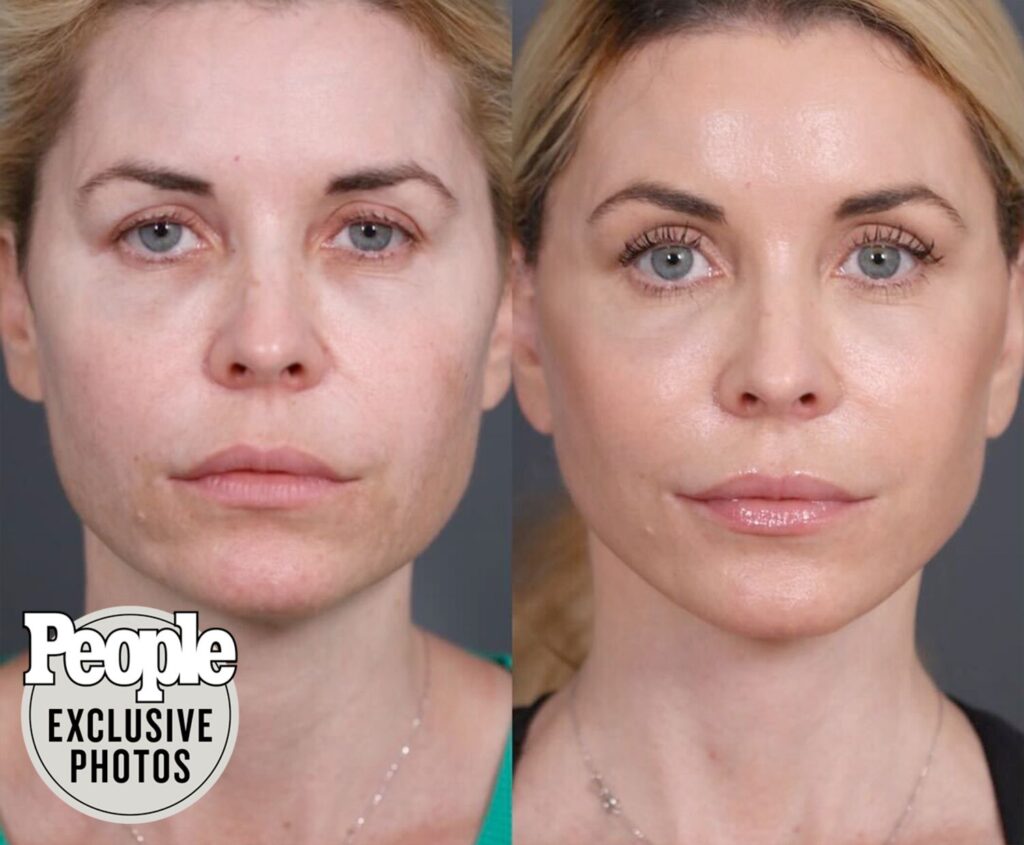
This image is property of people.com.
Understanding the Risks
Like any surgical procedure, plastic surgery carries inherent risks. While most plastic surgeries are performed without complications, it is important to be aware of potential risks and complications.
Infection
Infection is a potential risk after any surgery, including plastic surgery. Your surgeon will provide you with detailed instructions on how to care for your incisions and minimize the risk of infection. It is important to follow these instructions meticulously and report any signs of infection, such as increased redness, swelling, or discharge, to your surgeon.
Scarring
Scarring is a natural part of the healing process and cannot be completely avoided after surgery. However, skilled surgeons take great care to minimize visible scarring by using precise techniques and placing incisions in inconspicuous locations. Over time, scars usually fade and become less noticeable.
Numbness and Sensation Changes
It is common to experience temporary numbness, tingling, or altered sensations in the areas undergoing plastic surgery. These sensations typically improve over time as the nerves regenerate. However, in rare cases, permanent changes in sensation may occur. Be sure to discuss any concerns about numbness or sensation changes with your surgeon.
Adverse Reactions to Anesthesia
Plastic surgery usually requires the use of anesthesia to ensure a pain-free procedure. While anesthesia is generally safe, there is a small risk of adverse reactions or complications. Your anesthesia provider will evaluate your medical history and tailor the anesthesia plan to minimize these risks. It is important to disclose any allergies or sensitivities to medications during your consultation.
The Cost of Plastic Surgery
The cost of plastic surgery varies depending on several factors. Understanding these factors can help you anticipate and plan for the financial aspects of your procedure.
Factors that Determine the Cost
The cost of plastic surgery is influenced by various factors, including the complexity of the procedure, the surgeon’s experience and reputation, the geographic location of the practice, and the type of facility where the surgery is performed. Additionally, the cost may include fees for anesthesia, pre-operative evaluations, post-operative care, and any necessary follow-up appointments.
Insurance Coverage and Financing Options
In general, cosmetic procedures are not covered by insurance, as they are considered elective and performed solely for aesthetic purposes. However, some plastic surgery procedures, such as breast reconstruction after mastectomy or rhinoplasty to correct breathing difficulties, may be partially or fully covered by insurance. It is important to check with your insurance provider to understand your coverage.
If the procedure is not covered by insurance, there are financing options available, such as medical loans or payment plans offered by surgical practices. These options allow individuals to spread out the cost of the procedure over time and make it more manageable within their budget. It is important to research and understand the terms and interest rates associated with any financing option before committing.
Choosing the Right Procedure for You
When considering plastic surgery, it is important to choose the procedure that best suits your specific needs and goals. Here are some factors to consider when selecting the right procedure for you.
Identifying Your Areas of Concern
Identify the specific areas of your body or face that you would like to enhance or correct. Take time to reflect on your goals and discuss them openly with your surgeon during the consultation process. Your surgeon can provide guidance on the best procedure or combination of procedures to address your concerns.
Considering Your Physical and Financial Limitations
Consider your physical limitations, such as any medical conditions that may affect your candidacy for certain procedures. Additionally, it is crucial to assess your financial situation and determine what you can afford. Plastic surgery is an investment, and it is important to choose a procedure that fits within your budget without compromising quality or safety.
Discussing Options with Your Surgeon
Engage in open and honest conversations with your surgeon about your goals, concerns, and expectations. Your surgeon’s expertise and experience can help guide you towards the most suitable procedure for your specific needs. They can provide an overview of the anticipated results, the recovery process, and the potential risks and complications associated with each option.
Addressing Emotional Considerations
Undergoing plastic surgery is not just a physical journey but also an emotional one. It is important to address emotional considerations to ensure a positive experience and outcome.
Examining Motivations for Plastic Surgery
Take the time to examine and understand your motivations for wanting to undergo plastic surgery. While enhancing your appearance can have significant benefits, it is important to have realistic expectations and ensure that your motivations stem from a desire for personal growth and self-improvement, rather than external influences or societal pressures.
Managing Post-Surgery Expectations
Patients should understand that plastic surgery is not a magic solution that will completely transform their lives. While the results can be dramatic and rewarding, it is important to have realistic expectations about the outcomes. Discussing your expectations openly with your surgeon, reviewing before-and-after photos, and seeking support and counseling, if needed, can help manage post-surgery expectations.
Seeking Support and Counseling
Consider seeking support from friends, family, or support groups who can provide emotional support throughout your plastic surgery journey. If you are struggling with body image concerns or psychological issues, consulting with a mental health professional or counselor can be beneficial. They can assist you in navigating the emotional aspects of the process and help ensure that you are making informed decisions about your well-being.
Exploring Non-Surgical Alternatives
Plastic surgery is not the only option for individuals seeking cosmetic improvements. Non-surgical alternatives offer less invasive options to address various aesthetic concerns.
Minimally Invasive Procedures
Minimally invasive procedures, such as dermal fillers, laser treatments, and chemical peels, can help improve the appearance of wrinkles, volume loss, and skin irregularities. These procedures often require little to no downtime and carry fewer risks compared to surgical options. However, the results are typically temporary and may require maintenance treatments.
Cosmetic Treatments
Cosmetic treatments encompass a wide range of non-surgical procedures, including skin rejuvenation treatments like microdermabrasion and mesotherapy. These treatments can improve the texture, clarity, and overall appearance of the skin without the need for surgery. They are often performed in a clinical setting and provide a more affordable and accessible alternative to surgery for certain conditions.
Lifestyle Changes and Maintenance
In some cases, making lifestyle changes and incorporating healthy habits can significantly improve one’s appearance and overall well-being. Maintaining a balanced diet, exercising regularly, getting enough sleep, and practicing good skincare can have a positive impact on the skin’s health and slow down the aging process. It is important to remember that these lifestyle changes complement, rather than replace, the benefits of plastic surgery and other cosmetic procedures.
In conclusion, plastic surgery is a diverse field that offers a multitude of procedures to enhance one’s appearance and improve self-confidence. By understanding the different types of plastic surgery, finding the right surgeon, preparing for the procedure, and considering emotional and non-surgical alternatives, individuals can make informed decisions about their own transformations. It is important to remember that plastic surgery is a personal journey, and each individual’s goals and motivations may vary. With careful consideration, research, and communication with a qualified surgeon, individuals can embark on a fulfilling and rewarding plastic surgery experience.

